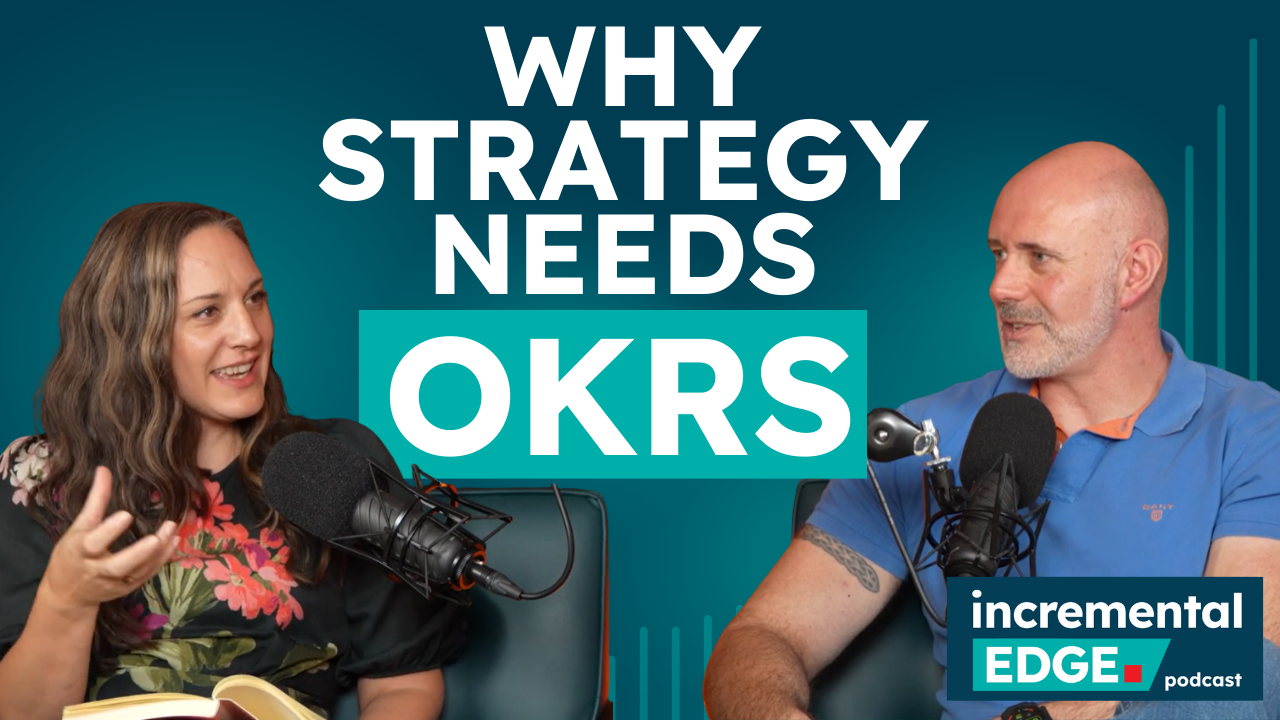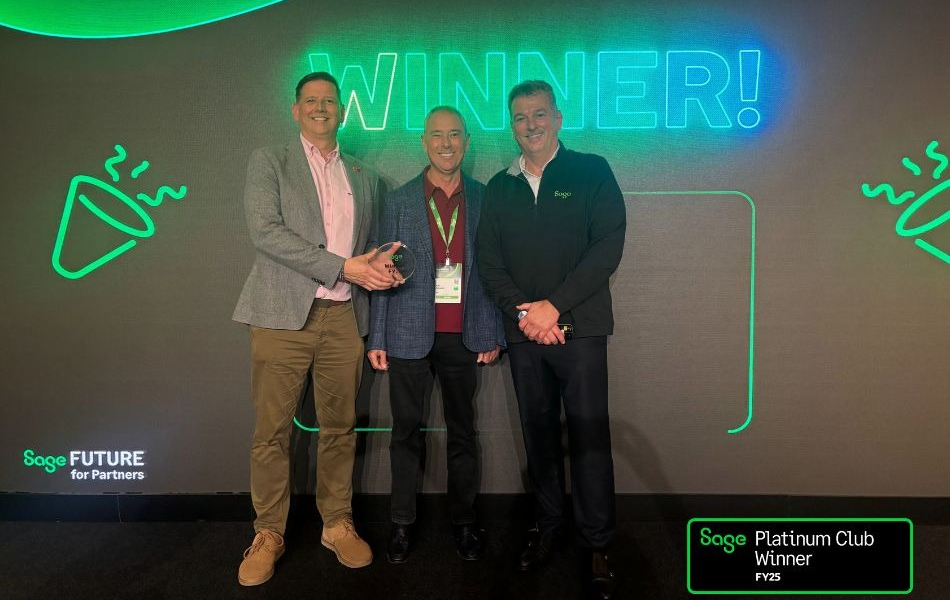
Insights
Integrating e-commerce with Sage: How to give your customers the Amazon experience
29th April 2021
14 min read
Author: Tim Purcell, R&D Director, Datel
In today’s fast-paced world, it’s difficult to comprehend how we’d cope without the ease of online shopping.
If I need anything for work or home, the internet is my first and last port of call. I expect to find what I want with ease and be entering my payment details within a matter of minutes. Come to think of it, is there anything that we can’t buy with just a click of a button? Online shopping is now an everyday part of life: You want something, you search for it, you buy it, and it gets delivered to your door. Sometimes even the very same day.
Alongside our expectation to find almost anything on the internet, we as consumers also have growing expectations of the buying process:
- We want instant purchase confirmation directly to our inbox
- We want realistic delivery expectations from the courier
- We want regular status and dispatch updates
It’s this smoothness and transparency that we’ve become accustomed to that I call the ‘Amazon experience’. Consumers nowadays expect to be kept informed at every stage of their buying journey. After all, they want to know that their order is in safe hands with a business that invests in providing a quality experience. Consequently, it’s the businesses that offer this customer centric approach that will benefit from on-going customer loyalty.
So if you sell stock online and aren’t able to provide a service similar to Amazon, the two key questions you need to ask yourself are:
1. What’s stopping you?
2. Why is it important to adapt?

Internal factors hindering your service
Let’s start by looking at some potential internal problems within your business that may be hindering the experience you’re able to offer your customers.
Historically speaking, order processing has always been a long-winded, manual task due to it needing to involve two or more systems that are independent of one another - each responsible for doing different things. For example, a furniture company may use a Shopify e-commerce system to manage their online sales, and Sage 200 to handle the stock control and sales order processing. The problem with multi-system situations like this is that there is a reliance on a member of staff to extract the information from the e-commerce platform and then manually enter the data into Sage. This not only takes time and slows down the shipment, but the process is prone to human error and order mistakes can easily happen.
In addition to this, it is a very limited process that does not scale well. There’s only so many orders that any one employee can deal with per day. For instance, if your business started to receive ten times the usual daily orders, you would likely need to hire ten times the number of people to complete the data transfer from your e-commerce solution to Sage. And if order numbers started to slow down again, you’re then faced with a problem of too many overheads. This lack of flexibility that comes with manual processes such as order processing seriously reduces your opportunities for cost-effective growth.

External factors forcing the need to change
The world today is deeply immersed in technology. As we continue to navigate through this current period of immense change, tech is becoming an ever-increasing part of our lives. Everything from changes in the way we work to how we communicate virtually with loved ones has made our reliance on technology more prevalent than ever before.
In addition to this, it comes as no surprise that the Covid-19 pandemic has sparked the acceleration of consumers increasing their shopping habits online. In fact, with the nationwide closures of non-essential retail throughout the waves of the pandemic, 46% of consumers purchased something online that they had previously only ever purchased in-store*. Many people have relied on the internet to make even the most basic of purchases such as the weekly food shop, birthday cards for a loved one, or loungewear as we continue to spend more time at home. Moreover, with 32% of consumers believing that their shopping habits will change on a permanent basis*, it seems as though the pandemic really has boosted the online retail industry for good.
As I mentioned earlier, alongside this acceleration of consumers buying online is a parallel acceleration of consumer expectations. Consumers expect to be buying from a well-oiled e-commerce machine. They expect complete transparency on where their order is up to at all times, with real-time dispatch confirmations and accurate delivery estimates.

How to keep up with competition
So with retail giants continuing to set consumer expectations high and other businesses desperately trying to keep up with the pace, how can you ensure that your business doesn’t fall behind? The answer may actually be a lot simpler than you think. Allow me to expand...
Many product-centric businesses are unaware of the options available to them that can deliver a more streamlined process - from order purchase right through to delivery confirmation. It’s a common assumption that streamlined solutions are reserved for the e-commerce powerhouses with millions of pounds to invest, but that’s far from true.
Many businesses that perform manual data entry every day can’t picture an alternate way of handling orders more efficiently. Whereas other companies are aware that there are solutions to this problem, but believe that they would either be too costly or wouldn’t meet their requirements. Some may already be using a best-of-breed e-commerce platform that works for their business, and believe that they would need to give this up and purchase a solution that is purpose built to integrate with Sage. But this isn’t the case at all.
At Datel, we’re big believers in automation. We provide a very practical and straightforward approach to streamlining processes across technologies. We’re able to help our customers eliminate the need for manual data entry into Sage, whilst keeping their existing e-commerce working as usual.
How? We have a highly skilled team of technical developers who make it their mission to get our customers’ systems talking. They can link different technologies together without the need for new software or a reliance on out-of-the-box solutions. We can integrate a range of e-commerce platforms into Sage. Shopify and Magento are good examples, but technically speaking if your business is already using an e-commerce solution that has the ability to export data, then we’re pretty confident we can find a way to integrate that solution with your current Sage system.
This means that you can still use the best of breed e-commerce system that meets your business needs, without worrying about it’s “out-of-the-box ability” (or lack thereof) to link with Sage.
So, whether you already have an e-commerce solution in place or are on the lookout for a solution that aligns with your business goals, feel free to chat to us about how we can help automate your purchase processes and link everything directly into Sage. With manual data entry reduced, you’ll not only keep your customers returning, you’ll gain the freedom and flexibility to scale as you wish.
*https://www.retaileconomics.co.uk/white-papers/outlook-for-uk-retail-and-leisure-2021-ten-trends
Latest posts
.png)
9th December 2025
4 min read
Learn about the upcoming changes to FRS 102 and how to prepare
FRS 102 is getting a major update from 2026, with big implications for revenue recognition and ...

4th December 2025
4 min read
The OKR Effect: Why outcome focus improves strategic execution
Strategy is something most leaders care deeply about. We invest time building a clear plan, shaping ...

2nd December 2025
2 min read
Celebrating a double win at Sage Future 2025
We’re excited to share some fantastic news that reflects not only Datel’s hard work, but the trust, ...